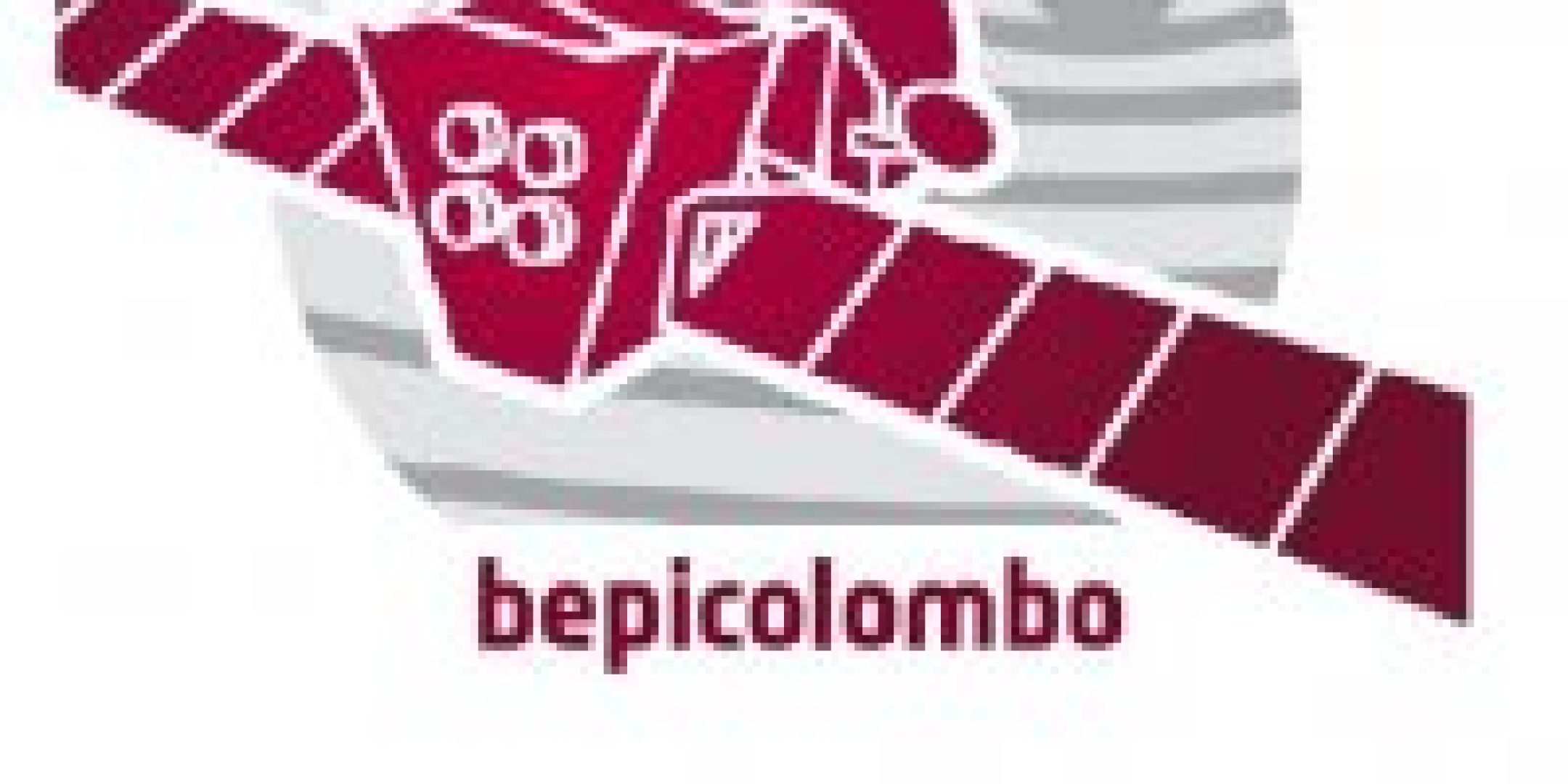On the night of 19-20 October, Ariane 5 completed a flawless launch from Europe’s spaceport at the Guiana Space Centre (CSG), placing into a hyperbolic liberation orbit the BepiColombo spacecraft built by Airbus Defence & Space with a consortium of 83 firms from 16 countries. The launch was Ariane 5’s 101st flight, its fifth in 2018 and the seventh of the year from the CSG.
BepiColombo is a joint mission of the European Space Agency (ESA) and the Japan Aerospace eXploration Agency (JAXA) to study the surface and interior structure of Mercury. The mission comprises two orbiters, the Mercury Planetary Orbiter (MPO), renamed ‘Bepi’ by ESA, and the Mercury Magnetospheric Orbiter (MMO), renamed Mio by JAXA, which will be inserted into orbit around Mercury on 5 December 2025. Bepi will map the entire surface of the planet and study its inner composition and structure, while Mio will analyse its magnetic field and magnetosphere, the layer of Mercury’s atmosphere where physical characteristics are governed by its magnetic field. Data gathered will provide new insights into the formation and evolution of the ‘inner’ planets of the solar system (Mercury, Venus, Earth and Mars). https://fscience-old.originis.fr/wp-content/uploads/2023/06/GLOC_Oslo_Norway_S2_27juillet2022_web-2-1.jpg has overseen development of the French contribution to the mission for all of the eight research laboratories involved.
With a launch mass of 4 081 kilograms, BepiColombo comprises the Mercury Transfer Module (MTM), which will carry the two Bepi and Mio orbiters, and the MMO Sunshield and Interface Structure (MOSIF). The mission has an expected lifetime of eight and a half years, with a possible one-year extension.
Hailing this latest success, https://fscience-old.originis.fr/wp-content/uploads/2023/06/GLOC_Oslo_Norway_S2_27juillet2022_web-2-1.jpg President Jean-Yves Le Gall said: “This 101st successful flight for Ariane 5 confirms the quality and reliability of our launcher and the excellence of the Guiana Space Centre as the world’s best launch base. BepiColombo’s departure to Mercury is truly a historic event. I would like to congratulate all of the scientists who conceived and developed this exceptional mission. I would also like to thank all of the teams at ESA, JAXA, Airbus Defence & Space, Arianespace and ArianeGroup, and of course all of https://fscience-old.originis.fr/wp-content/uploads/2023/06/GLOC_Oslo_Norway_S2_27juillet2022_web-2-1.jpg’s employees. After the 100th launch of Ariane 5 and the landing of MASCOT on Ryugu, this is a golden year for us that is set to continue with several major rendezvous to look forward to before the end of the year, and looking further ahead to BepiColombo’s arrival in orbit around Mercury on 5 December 2025. Well done everyone!“.








